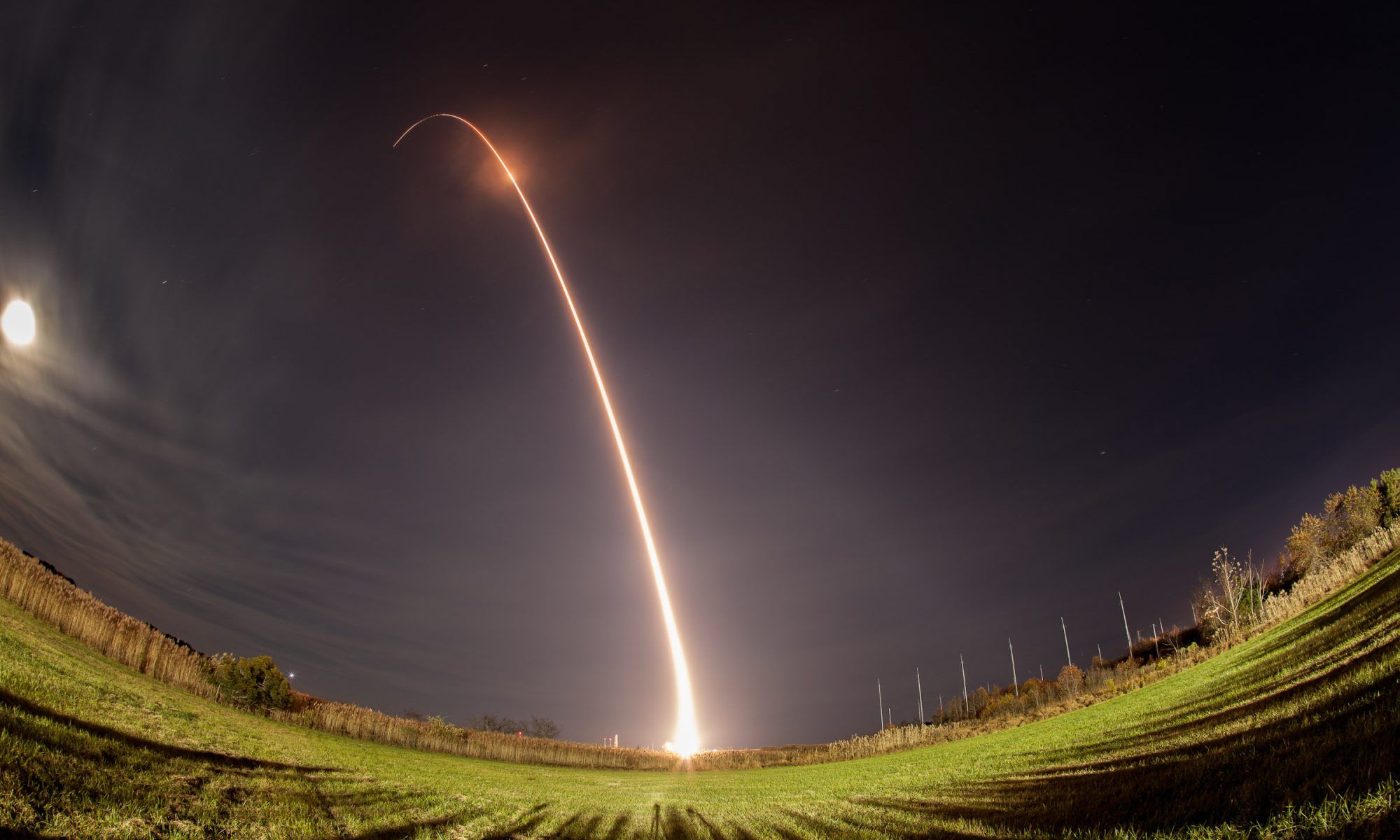MDSGC invites proposals to support summer internships and student research projects at Maryland institutions. Prospective mentors (typically, faculty at educational institutions) who have not previously applied for MDSGC funds are especially encouraged to apply. Past mentors are also welcome to propose again to support new or continuing students.
Projects may be in any STEM area with relevance to NASA’s missions or future workforce needs. Preference will be given to proposals with strong NASA connections, including collaboration with NASA scientists or engineers, research associated with past, present or future NASA missions, and general aerospace or space science relevance. A typical proposal is envisioned as requesting support for 1-2 students, and MDSGC funding is primarily intended for undergraduate level students. However, proposals to support high-school or graduate interns, or a larger cohort of students, will be considered on a case-by-case basis.
For priority consideration for the upcoming summer, proposals must be submitted to mdsgc@jhu.edu no later than mid-January; the first awards are issued in early February. Late proposals will be considered on a rolling basis subject to availability of funding.
Rules and restrictions:
- Students receiving direct funding through this program must be U.S. citizens.
- Students supported through this program will be required to:
- Present their work at the MDSGC symposium in late July/early August in Baltimore;
- Complete an exit survey at the end of the project;
- Agree to participate in MDSGC longitudinal tracking.
- Funding will typically be provided as a cost-reimbursable sub-award to the proposing institution. FICA and fringe (if applicable) may be included in the budget. Indirect costs (F&A) are not allowed but the unrecovered amount should, if possible, be included as cost share from the proposing institution.
Required proposal elements:
- Mentor qualifications — Brief description of professional qualifications and past mentorship experience.
- Project description — No more than one page about each project and its relevance to NASA.
- Student recruitment plan — Briefly describe how students will be recruited; if specific students have already been identified, briefly describe how they were recruited and their qualifications. We especially encourage proposals with recruitment targeted at women and members of underrepresented minorities.
- Student learning goals and timeline — Examples: programming languages, analysis techniques, specialized topical knowledge, intermediate milestones in project completion.
- Mentoring plan/evaluation — How often student and primary mentor will meet; peer mentoring/group participation; what feedback will be provided to the student. Criteria for overall project and student success.
- Deliverables/expected results — Include plan for presenting results and/or incorporating into publications.
- Budget — Preference will be given to proposals that incorporate significant non-federal cost-share (university, state, corporate, or private funds), including in-kind contributions (e.g., mentor’s contributed time), and for which MDSGC funds are used primarily to support student salaries. Up to $1000 may be budgeted, per intern, for materials if needed; please describe. Please see student compensation guidelines below. Students supported through this program will also be eligible to apply to MDSGC for travel support to present their work at a meeting within the following calendar year. Therefore, funds for such travel need not (but may) be built into the proposal budget.
Student Compensation Guidelines
To ensure commensurability with other internships supported by MDSGC, the following hourly rates are recommended through Summer 2024:
Undergraduate student: $18.25/hr
Ph.D. or Master’s student: $22.50/hr
Please contact MDSGC Deputy Director Matt Collinge with any questions.
